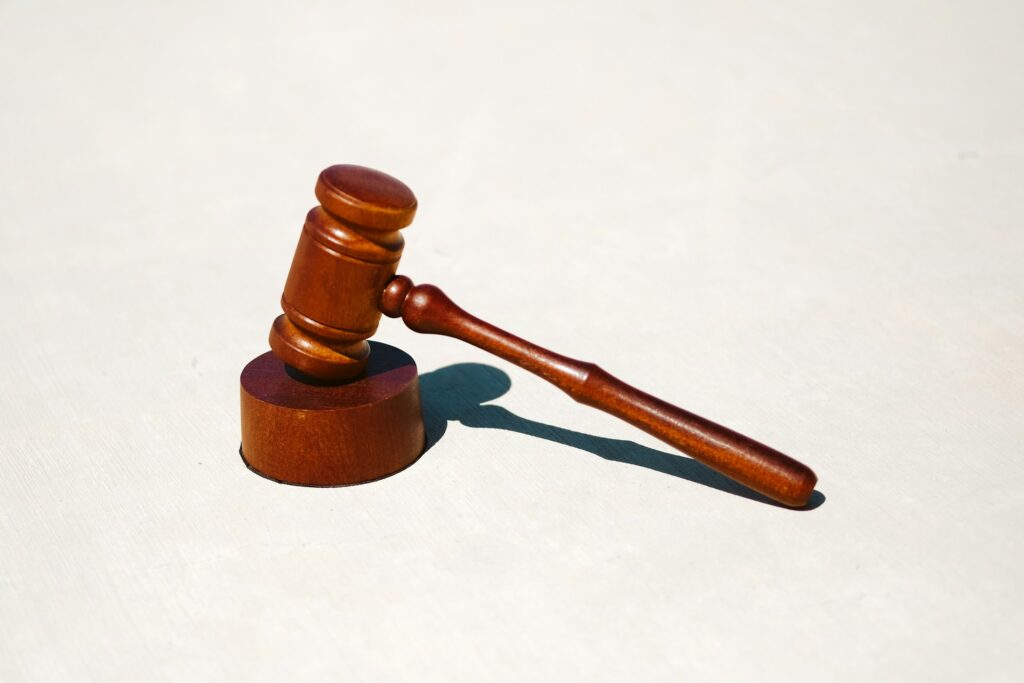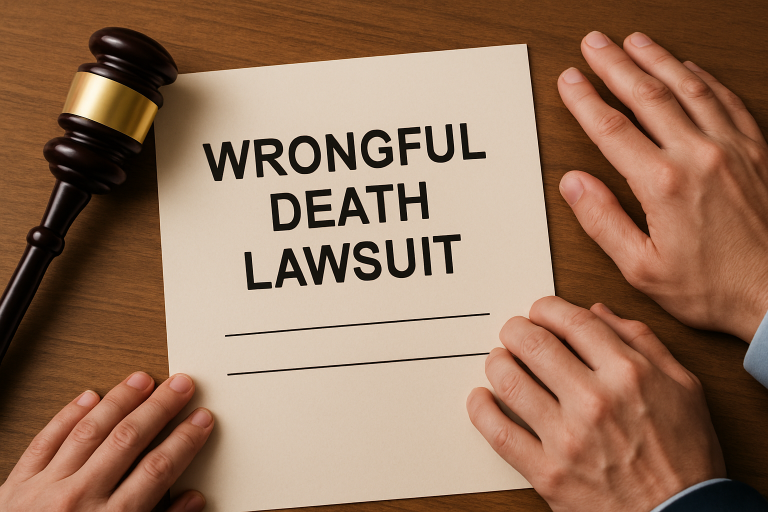
Defining Wrongful Death Under the Law
A wrongful death lawsuit arises when the negligent, reckless, or intentional acts of another party cause an individual’s death. These claims give surviving family members or representatives the ability to seek legal remedies for the economic and emotional losses suffered due to the unexpected loss of their loved one. Consulting with an experienced wrongful death attorney Tampa FL can help families understand their rights and navigate the complexities of the legal process. While wrongful death actions serve a similar function in every state, the specifics on what qualifies as wrongful death and the requirements for a valid claim can vary greatly depending on jurisdiction. Plaintiffs are generally required to prove that the death resulted from the defendant’s actions or failure to act and that those actions directly caused damages to the survivors.
Key Legal Principles at Play
In wrongful death litigation, the burden of proof lies with the plaintiff, who must establish liability by a preponderance of the evidence. This means the evidence must show it is more likely than not that the defendant’s act or omission resulted in the death. Core legal concepts such as negligence (a failure to exercise reasonable care), intent (where harm is caused deliberately), and causation (linking the defendant’s actions directly to the death) are often at the center of these cases. Demonstrating these factors typically requires thorough investigation and, at times, expert testimony to reconstruct events or evaluate standards of care.
Who Can File a Wrongful Death Claim?
Eligibility to file a wrongful death claim generally rests with certain close relatives or dependents of the deceased, as well as the personal representative of the decedent’s estate. Commonly, spouses, children, and parents have legal standing, but some states extend this right to other dependents or individuals who were financially impacted. State-specific statutes clarify who can bring such actions forward, and standing is strictly enforced. Families considering a claim should promptly review their eligibility under local laws to avoid complications or delays.
Statute of Limitations and Timeliness
Time limits, known as statutes of limitations, govern how long families must bring a wrongful death claim. These deadlines generally range from one to three years from the date of death, though the exact timeframe depends on the jurisdiction and the circumstances. Missing this window typically results in losing the right to recover damages, regardless of the case’s merits. Acting swiftly and consulting an attorney early can prevent such critical missteps.
Types of Damages Recoverable
Compensation in wrongful death cases can be substantial, encompassing pecuniary (economic) and non-pecuniary (non-economic) losses. Pecuniary damages address measurable financial losses, such as medical expenses incurred before death, lost future earnings, funeral and burial costs, and loss of benefits like insurance coverage. Non-pecuniary damages compensate survivors for intangible losses, including pain and suffering, grief, and the loss of companionship or parental guidance. These categories ensure the compensation addresses both the practical and emotional ramifications of the untimely death.

Recent Developments in Wrongful Death Litigation
In recent years, significant shifts have occurred in wrongful death litigation. Landmark trials and appellate rulings have clarified liability standards, expanded eligible claimants, or adjusted caps on recoverable damages. Legislative reforms continue to evolve, with some states broadening claimants’ rights or strengthening protections for certain categories of survivors.
Challenges Faced in Proving Wrongful Death
Proving wrongful death can be complex, often requiring a robust collection of evidence, expert testimony, and detailed documentation of damages. Defendants may raise comparative or contributory negligence defenses, arguing that the decedent’s own actions contributed to their demise, which can reduce or eliminate recoverable damages. Overcoming these defenses demands a thorough presentation of facts and an effective legal strategy to counter blame-shifting tactics and clarify causality.
The Role of Legal Guidance in Navigating Cases
Retaining experienced legal counsel is crucial in wrongful death litigation. Attorneys assist families in evaluating claims, collecting evidence, negotiating with insurers, and representing clients in court. Their expertise becomes particularly valuable when interpreting changing statutes and litigation protocols. The American Bar Association offers further details on the intricacies of wrongful death claims and what families should be aware of during litigation. Their guidance can help grieving families focus on healing while safeguarding their legal rights and future security.
Future Directions and Considerations
The legal landscape surrounding wrongful death lawsuits remains in flux as courts and lawmakers refine definitions of liability and standing. With evolving case law and legislative reform, staying informed—through legal counsel and reputable resources—is vital. Families facing these tragedies should educate themselves on their rights, act within statutory deadlines, and seek knowledgeable representation to navigate their options clearly and confidently. By understanding the legal frameworks at work, families can pursue justice and accountability while upholding the memory of their loved ones.





